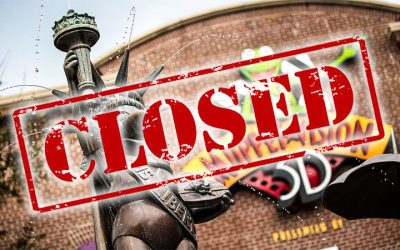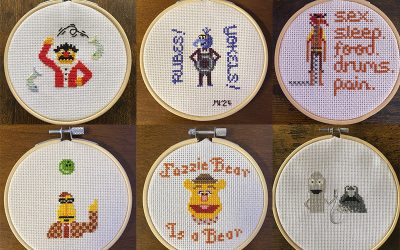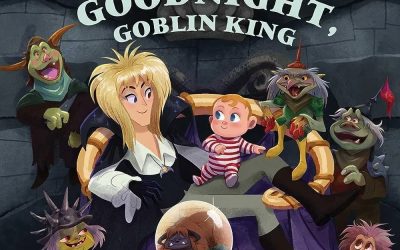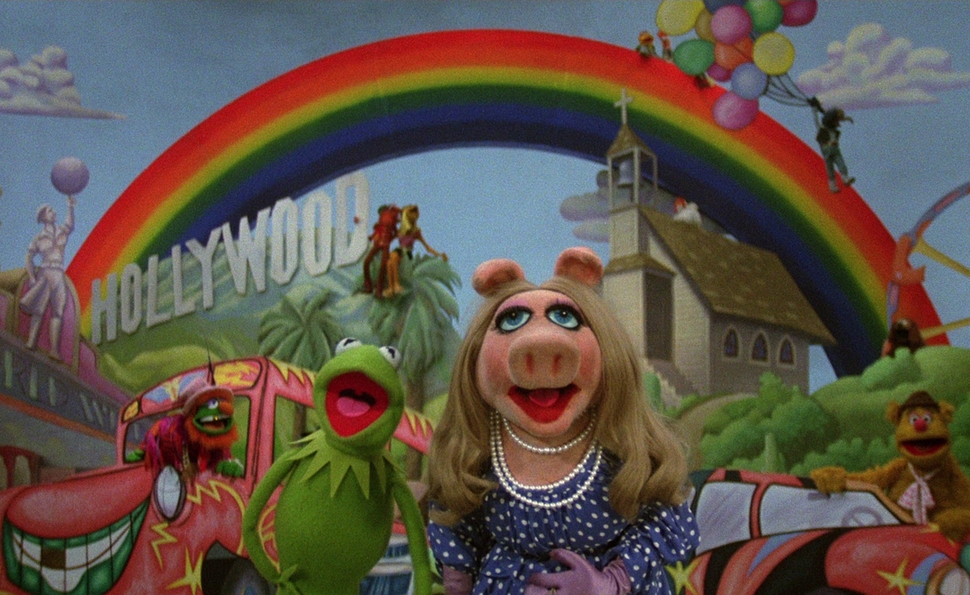
For decades, casual Muppet fans have been asking some hard questions about the Muppets’ timeline. There’s a natural confusion about whether the Muppets met on a road trip to Hollywood, during auditions for The Muppet Show, or as infants. And for decades, Muppet fans like myself have been responding with a hearty, “It doesn’t matter,” because Muppet continuity doesn’t exist.
And yet, for the last ten years, an official throughline has emerged to connect all of the Muppet projects, giving us definitive versions of the characters with a specific, shared past. For the longest time, the history didn’t matter, as long as the story was good. But now, everything matters, and current Muppet projects are heavily connected to a shared universe.
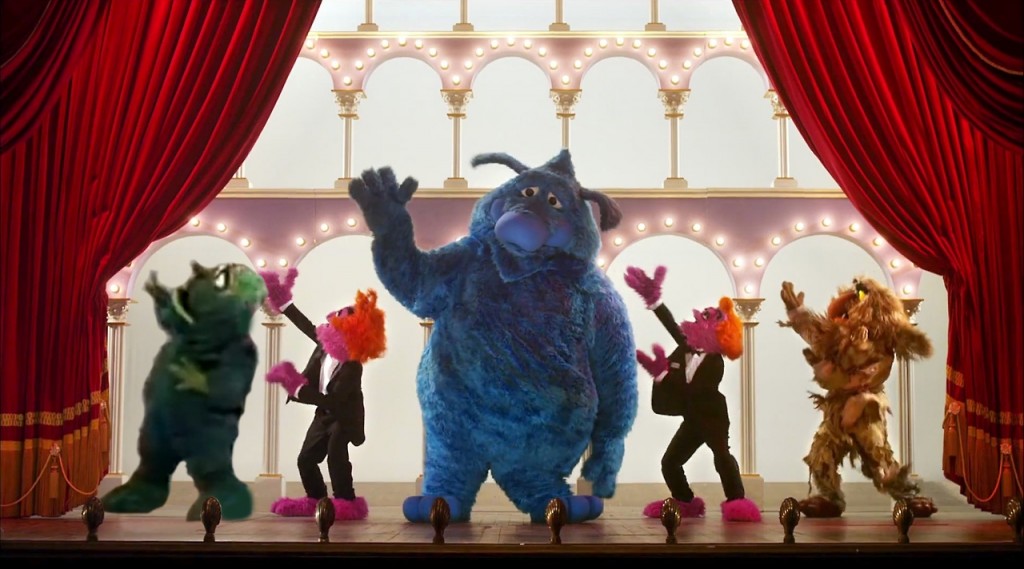
Starting way back in 1976, the only thing the Muppets had to worry about was what happened within the walls of the Muppet Theater. The Muppet Show laid the groundwork for who the Muppets are at their core, but there was no need for more history beyond the show itself. Most of the characters were introduced to us as coworkers, and we were left assuming they met while treading the boards without any additional context. And we were perfectly happy.
Then the Muppets started making movies. Now we have the added narrative of Kermit picking up his friends one-by-one across the American Southwest. Then more confusion, as Kermit and Fozzie and Gonzo take jobs as reporters and meet the rest of the Muppets at a run-down AirBnB. Helpfully, Jim Henson made a point to state that The Muppet Movie is “approximately how it happened”, while The Great Muppet Caper is a movie-within-a-movie. With both of these explanations, you could be perfectly appeased without any challenge to your headcanon for Muppet continuity.
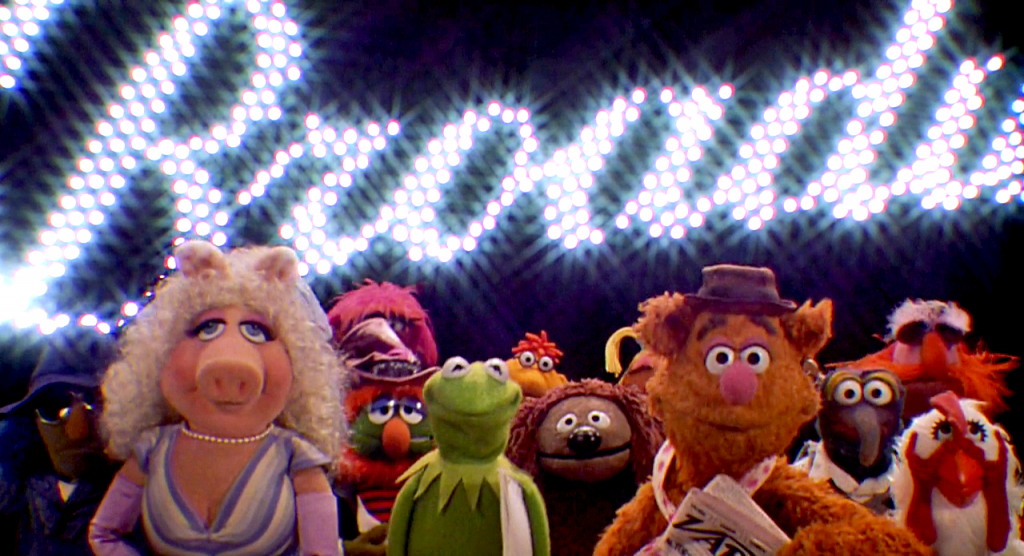
But then we get our first real monkey wrench in the works. The Muppets Take Manhattan didn’t have any winks to the camera. No loopholes to find that could explain the plot away. This was an extremely grounded film (for the Muppets, at least) set in a real world in which the Muppets met in the most mundane way possible: In college. It must be the truth, or else their backstory wouldn’t be so terribly boring!
Then that monkey wrench gets a monkey wrench of its own. The Muppets Take Manhattan paved the way for Muppet Babies. And now we’re left wondering if the Muppets have known each other since they were in diapers.
Does your head hurt yet? It should!
Over the next few years, Muppet TV projects followed The Muppet Show‘s continuity (Muppets Tonight and The Jim Henson Hour both kept Kermit in his Producer role), while the films and many of the specials followed Great Muppet Caper rules (Muppet Christmas Carol, Muppet Treasure Island, and even Muppets Wizard of Oz all let the viewer in on the secret that they’re filming a movie). Muppet continuity seemed important enough to the creators that it be something to ignore, rather than explain. And y’know what? It worked.
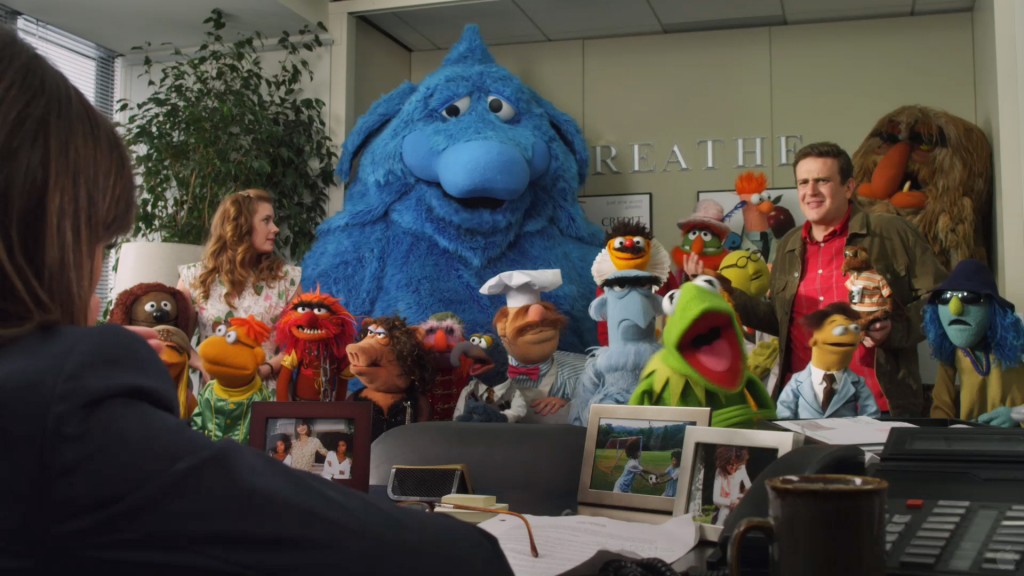
And then Jason Segel came along with his script for the film The Muppets. Being a story strongly rooted in nostalgia, the Muppets needed a specific past to be nostalgic about. Somehow, without anyone noticing, Segel weaved both the Muppet Show and Muppets Take Manhattan stories together. In his film, the Muppets starred in a popular variety show, and sometime later Kermit and Piggy starred in “Manhattan Melodies” where they got married at the end, leading to their breakup.
Hang with me. This tangled web will make sense soon.
The Muppets led to Muppets Most Wanted, which led to The Muppets (the sitcom). All of these productions from the current age of the franchise keep the same interpretation of the characters (for the most part… I’m looking at you, Sam the Eagle), with a relatively easy path from the Muppet Show fundraiser to the world tour to “Late Night with Miss Piggy”. Even the smaller productions like the Facebook Portal commercials or the social media content filmed during the pandemic seem share this universe.
Without us noticing, the Muppets stopped being whatever we needed them to be for any particular project – failed theater artists, big-time movie stars, fairy tale characters, or even babies – and now they are just one thing. Former Muppet Show stars, and current Hollywood performers and producers.
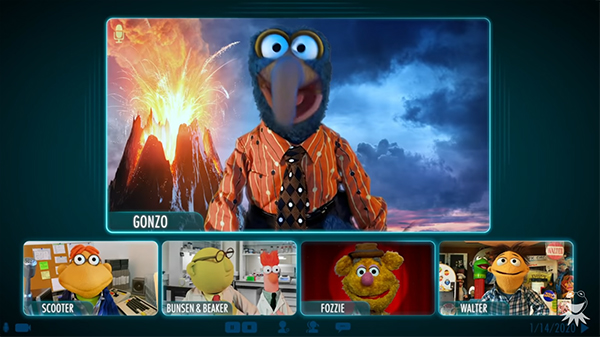
So that begs the question: What is Muppet continuity? Naturally, parts are still open to interpretation, but here’s how I see it:
- The Muppets meet through unknown means (to be interpreted through the metaphor of The Muppet Movie)
- The Muppets produce The Muppet Show, which is a flop (in-universe only, of course)
- The Muppets decide they need to up their game if they’re going to succeed in live entertainment, so they enroll in college
- Miss Piggy takes a nap and dreams about herself as a baby, along with all 107 “episodes” of the classic Muppet Babies series
- Kermit and Miss Piggy get married
- Kermit and Piggy get a quick divorce
- The Muppets (as actors) star in several films and TV specials
- The Muppets split up and drift apart
- Walter helps reunite the Muppets, and they organize a fundraiser to save their old theater
- The Muppets embark on a world tour
- The Muppets return home and produce “Up Late with Miss Piggy”
- The Muppets are quarantined due to the Coronavirus, and entertain each other via video calls
And that’s it! That’s your official Muppet continuity!
Unless, of course, you don’t want it to be. In that case, I suggest you do what the original Muppet writers would likely suggest and ignore the whole thing. Muppet continuity is unnecessary and often ridiculous and I hate that I just spent so much time thinking about it and writing this dumb article. You’re welcome, world.
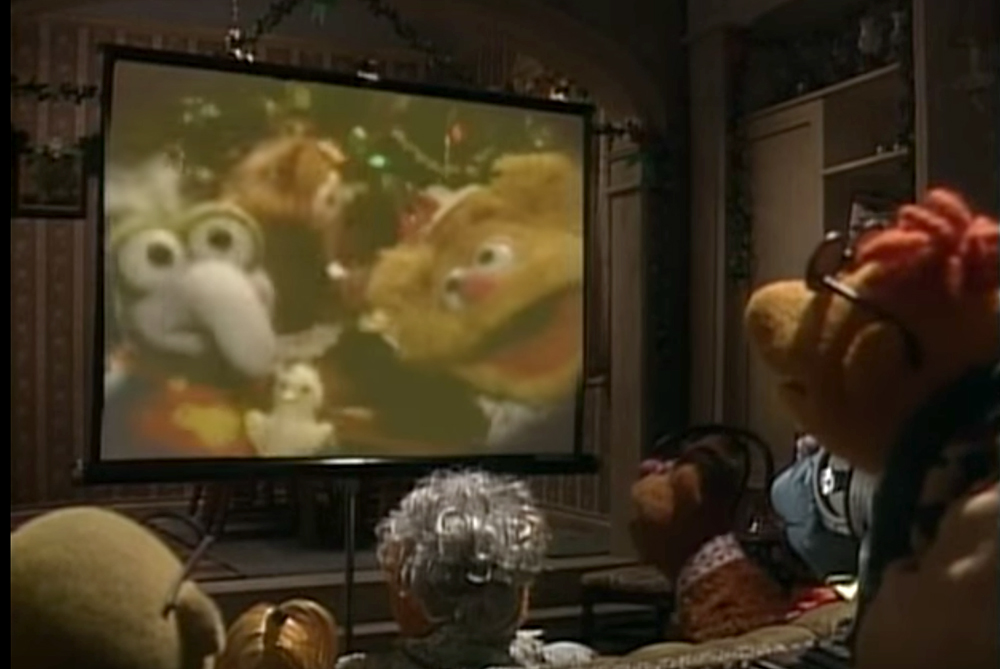
Click here to alter history on the ToughPigs forum!
by Joe Hennes – Joe@ToughPigs.com

